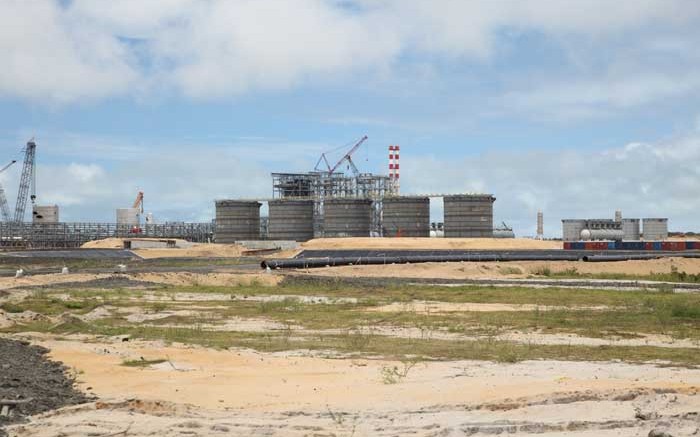Fifteen months after Sherritt International (TSX: S; US-OTC: SHERF) and its partners first started shipping nickel and cobalt of commercial quality from the massive Ambatovy mine, the nickel–laterite operation in Madagascar has reached commercial production.
Sherritt defines commercial production as 70% of nameplate-capacity ore throughput in a pressure acid-leach circuit over an average 30 days. At its annual general meeting last year in May, the company characterized Ambatovy as “the only new nickel project that’s going to get up to nameplate capacity.”
Mining analyst Alec Kodatsky of CIBC describes the 70% throughput rate as “a big leap” from the 39% throughput rate Sherritt reported in last year’s third quarter, and says in a research note to clients that the news “should alleviate concerns of further delay on the project.”
At full production the mine will annually produce 60,000 tonnes of refined nickel, 5,600 tonnes of cobalt and 210,000 tonnes of ammonium sulphate over 29 years, and be the largest finished nickel and finished cobalt operation from laterite ore in the world. There are other large laterite mines, but they do not produce finished nickel.
Slurried laterite ore is transported from the mine site, 80 km east of Madagascar’s capital city of Antananarivo, via a 220 km pipeline to a process plant and refinery south of the main port city of Toamasina on the east coast.
Ownership is divided between Sherritt, which holds a 40% stake, Sumitomo Corp., with 27.5%; Korea Resources, 27.5%; and SNC–Lavalin, 5%.
Sherritt acquired its 40% share of the project in 2007, when it took over Dynatec.
As of Sept. 30, 2013, total capital costs were US$5.3 billion and total project costs — which include operating costs, financing charges, working capital and foreign exchange — were US$7 billion, making Ambatovy the largest-ever foreign investment in the country, and one of the biggest in sub-Saharan Africa and the Indian Ocean region. Ambatovy will also turn nickel into the island’s main export and employ 9,000 people.
There has been capital escalation throughout the course of the project. In 2011 the owners reviewed the schedule and associated capital costs, and in June of that year revised the capital-cost estimate to US$5.5 billion, explaining that the higher figure owed to a number of factors, including inaccurate bulk-material estimates, additional service costs and capitalization of operating costs due to construction delays.
Over the last year Sherritt’s shares have moved within a price range of $3.02 to $5.99. At press time the company was trading at $3.67 per share.
Kodatsky has a 12- to 18-month target price of $5 per share, and reasons that with Ambatovy reaching commercial production, he anticipates that the “achievement of consistent operation in the near-term would underpin the company’s valuation.”
“We believe the company has the potential to daylight underappreciated value or identify new growth opportunities,” he writes. “The divestment of the coal division in late 2013 is consistent with this view. Also, improvement in U.S.–Cuban relations could reduce the company’s geopolitical risk profile and improve operating efficiency in its Cuba operations.”


Be the first to comment on "Sherritt’s Ambatovy reaches commercial production"